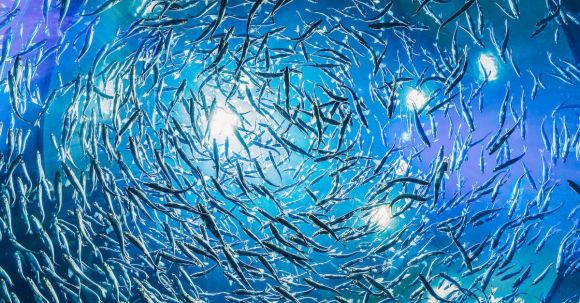In the animal kingdom, there are fascinating examples of species that have the ability to change their gender during their lifetime. This phenomenon, known as sequential hermaphroditism, is seen in various organisms, including fish, mollusks, and plants. While it may seem strange to us humans, understanding the reasons behind this gender-switching behavior can provide insights into the complex world of reproductive strategies.
Advantages of Sequential Hermaphroditism
1. Maximizing Reproductive Success
One of the primary reasons certain species change gender is to increase their reproductive success. In many cases, changing from one gender to another allows individuals to maximize their chances of successfully reproducing. For example, in some fish species, dominant males hold territories and have access to multiple females for mating. However, if a dominant male dies or is removed, the largest female in the group will undergo a sex change and become the new dominant male. This strategy ensures that the population can maintain a stable breeding structure even in the absence of a dominant male.
2. Avoiding Competition
Another advantage of sequential hermaphroditism is the avoidance of competition for resources or mates. In some species, individuals change their gender based on environmental factors or population dynamics. For instance, the clownfish, made famous by the movie “Finding Nemo,” displays a unique social structure where a dominant female and male pair defend their territory and offspring. If the female dies, the male will change into a female, ensuring the survival of the group without the need for a new mate. This strategy eliminates the need for competition between individuals for breeding opportunities.
Mechanisms of Gender Change
1. Hormonal Control
The process of changing gender is regulated by hormones within an organism’s body. In sequential hermaphrodites, the production and release of specific hormones trigger the transformation from one gender to another. For example, in some fish species, such as the wrasses, the presence of a dominant male inhibits the development of other males within the group. However, when the dominant male is removed, the lack of inhibitory signals allows the largest female to undergo a hormonal shift, leading to the development of male reproductive organs.
2. Social Cues
In addition to hormonal control, social cues also play a crucial role in gender change. The presence or absence of certain individuals within a group can influence an organism’s decision to switch genders. For example, in some shrimp species, when a dominant male is removed from a group, the largest female will transition into a male. This change is triggered by the social cues associated with the absence of a dominant male. By altering their gender, these organisms ensure the continuation of breeding opportunities within the group.
Implications for Conservation
Understanding the mechanisms and advantages of sequential hermaphroditism has significant implications for conservation efforts. In many cases, human activities, such as overfishing and habitat destruction, can disrupt the delicate balance of gender ratios within populations. By studying and monitoring species that exhibit gender change, scientists can gain insights into the health and resilience of ecosystems. This knowledge can help inform conservation strategies and ensure the long-term survival of these unique organisms.
In conclusion,
The phenomenon of sequential hermaphroditism provides a fascinating glimpse into the diversity of reproductive strategies in the natural world. Through gender change, certain species are able to maximize their reproductive success, avoid competition, and adapt to changing environmental conditions. The mechanisms behind this behavior, including hormonal control and social cues, highlight the intricate interplay between biology and social dynamics. By studying these species, we can deepen our understanding of the natural world and develop effective conservation strategies to protect their habitats.





